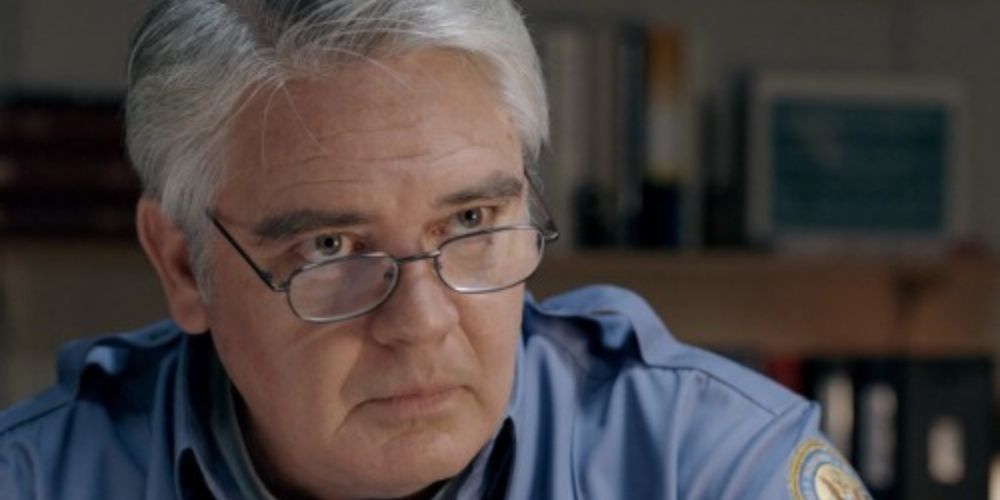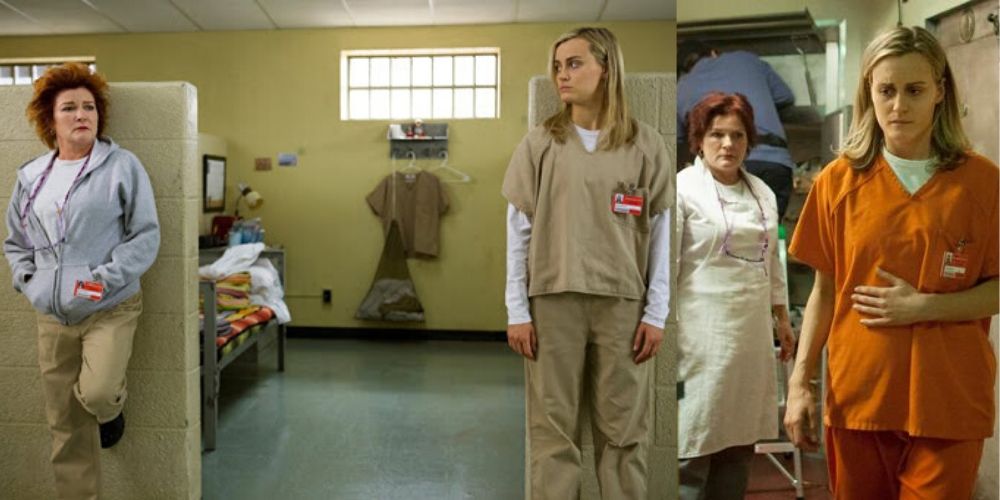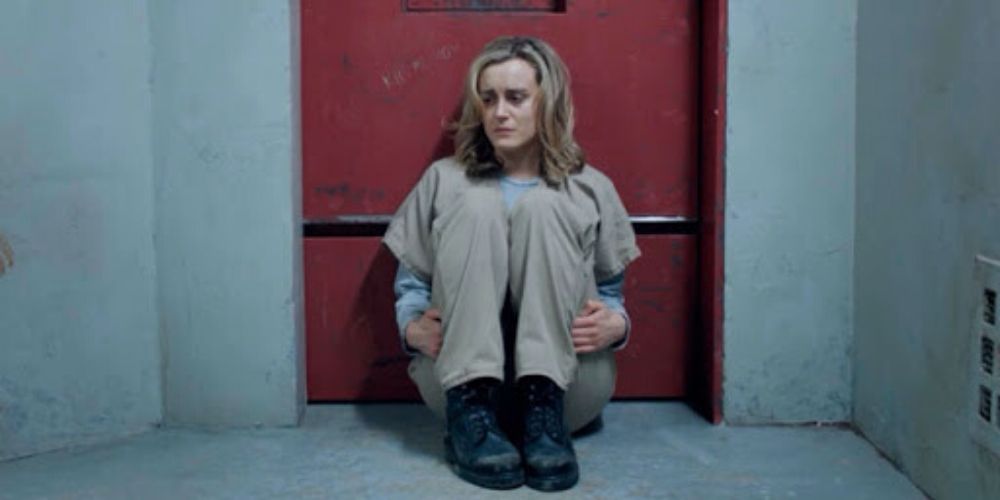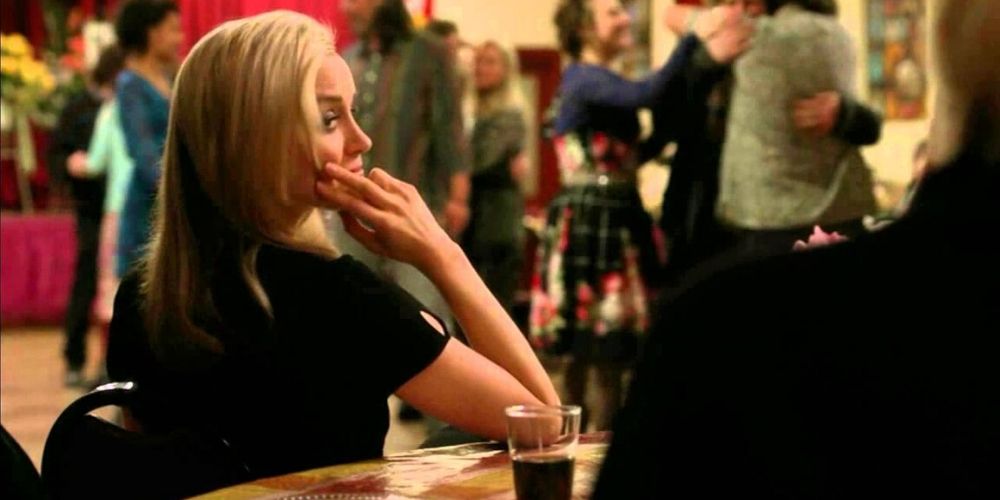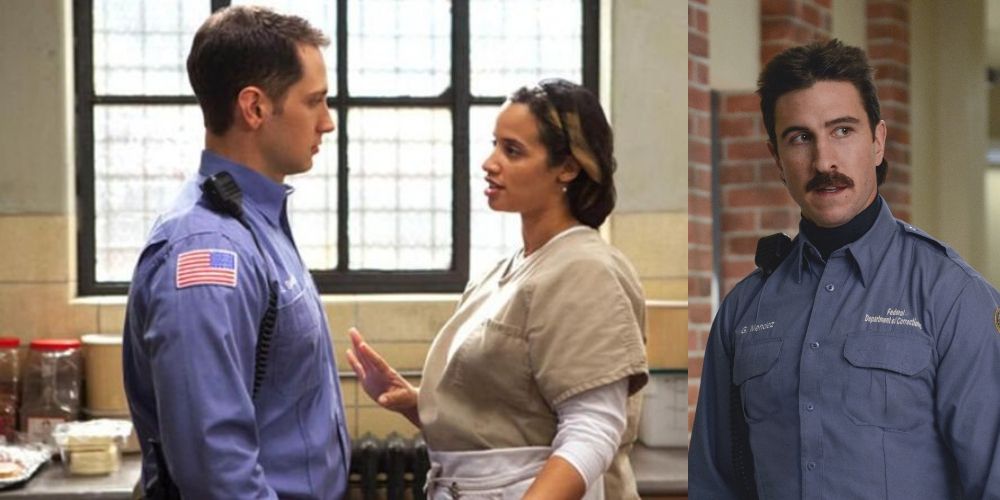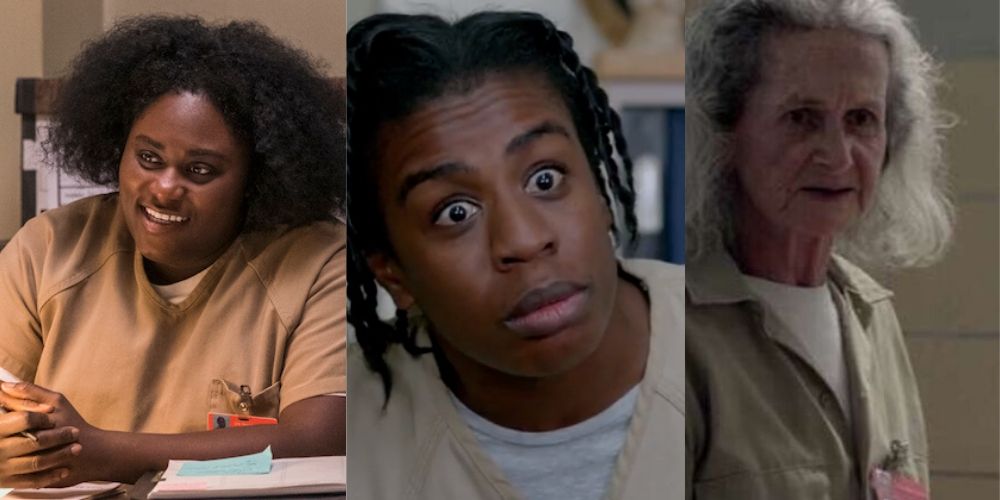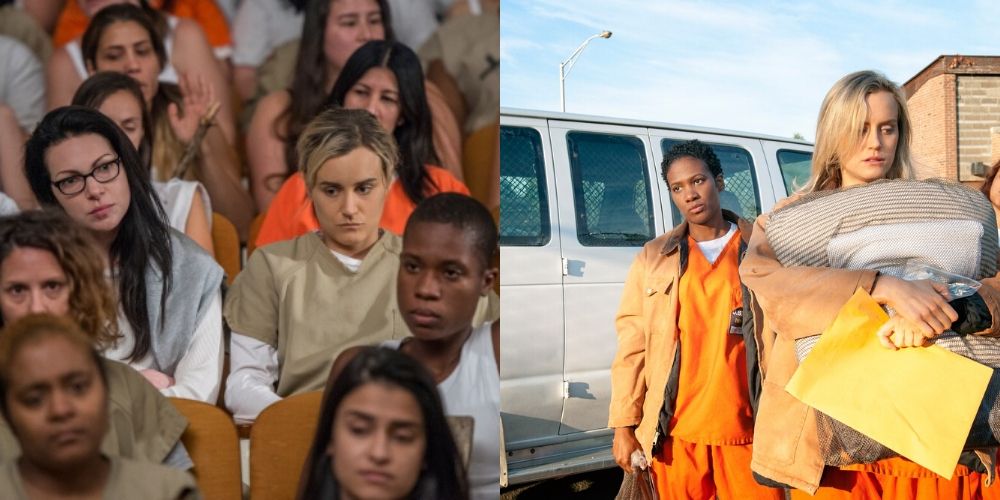Piper Kerman wrote her memoir Orange Is The New Black: My Year In A Woman's Prison in 2010. Just three years later, Netflix debuted the show Orange Is The New Black, with all episodes of season one dropping at once. The show was a huge success, but not many fans knew that the Kerman had written a book, who she was, or that the show was only loosely based on her real-life experience.
When the "based on a true story" part came out, fans were incredulous that so many of the things in the show could happen in real life. What they didn't know is that there are very few similarities. A few of them are dropped here and there, and it only makes sense if you read Kerman's book.
The Piper/Alex Dynamic
There are several flashbacks of Alex and Piper in their old life together. This is meant to be ten years before they end up in prison, which would make Piper 21 in the show. Alex is a big-time drug dealer who is enmeshed in the hierarchy of her boss's empire.
During the show, it is implied that Alex and Piper are the same age, but, in these flashbacks, it appears that Alex is a lot older. In the book, the character Alex is based on (Nora) is actually ten years older than Piper. If you read the books, this dynamic makes a lot more sense.
Mr. Healy's Insistance On Policing Lesbian Activity
In Kerman's book, she writes that she was surprised at the lack of lesbian activity in the prison. She wrote, "a lot of romantic relationships I observed were more like schoolgirl crushes." Lesbian relationships and sexual activity are prominent throughout the entire series. When Piper is first processed, she visits Mr. Healy, and he warns her to stay away from "lesbian activity."
His character is practically obsessed with policing this issue, and, in Kerman's memoir, Healy is kind of creepy, but there was actually no lesbian activity to police. It's only funny if you read the book.
Red As A Prison Mom
The character of "Red" in the show is based on the character "Pop" in the book, and, in fact, Kerman dedicated the book to Pop, along with her parents and Larry.
In the show, Red is the "prison mom" to several women whom she calls family. In the book, Kerman talks about how Pop gave her advice from day one, guiding her when she needed it. Also, Pop never starved Kerman or punished her as Red did to Piper in the show. Kerman wrote that the racial cliques were like tribes that welcomed each other, and, even though she tried to keep her head down, they asked her how she was and if she needed anything from the first day she arrived. This is implied in the show, but it makes a lot more sense if you read the full explanation in the book.
Hate For The Secure Housing Unit
Known in the show as "the SHU," the Secure Housing Unit is solitary confinement. Piper talks about how it's used arbitrarily, and the guards that use it for punishment are never held accountable. In the show, Piper is sent to the SHU, but, in the book, Kerman never had to be sent to solitary.
If you read the book, you'll know that Kerman used this experience as the kick-off for her work in prisoner advocacy. She even testified in front of the Senate in an effort to stop the use of solitary confinement as a punishment for prisoners.
Nobody Gets Furlough
In the show, Piper applied for furlough to go and say goodbye to her grandmother, who was very ill. When she gets it, there is a huge surprise among everyone because "nobody gets furlough" and it's basically a miracle that she did. It's emphasized as extremely unattainable, and, if you read the book, you'd know why.
Kerman did have a grandmother who fell deathly ill while she was serving her sentence. Unlike the book, though, she didn't get furlough. She missed the death of her grandmother and the funeral. The goodbye in the show was so important because, in the book, Kerman didn't get to say goodbye.
A Very Real Darkness
Kerman was housed at Danbury Correctional Facility, not Litchfield in NY. At the prison where she served her time in real life, there was a serious problem of inmates being sexually assaulted every year. On the show, the character Dayanara gets a guard caught in the act to protect another guard with whom she had a consensual encounter that resulted in pregnancy.
In real life, Kerman found out about the darkness that happened throughout Danbury all the time, and it was not the slightly comical and complicated romance that happened between Dayanara and C.O. Bennett on the show. The fear that it could have happened is something that only makes sense if you read the book.
Dorm Nicknamed "The Ghetto"
There's a dorm on the show nicknamed "the ghetto" that's supposed to be the worst dorm. It's depicted as a racial discrimination issue, but, in Kerman's book, it's a lot worse than that. She writes that the prison as a whole is a literal ghetto "in the most classic sense of the word." Many of the characters, as their stories are revealed, are not violent offenders.
They're people who had nowhere to go, who made stupid mistakes but were poor and/or homeless, or who were mentally ill. Kerman wrote about the people that ended up in places like Danbury. She said that they're "people who are mentally ill, people who are addicts, people who are poor and uneducated and unskilled."
Budget Issues
A lot of issues in the show are raised and explained by issues with the budget. There's a deeper story about embezzlement in the show but in the book, Kerman brings up the cost of prisoners in a lot more detail. Some of the stories in the show talk about drug offenses that put the prisoners in the facility and that a much smaller percentage committed violent crimes.
In her book, Kerman talks about how female prisoners also cost more to house. This was a major reason that Kerman wrote the book in the first place, and, if you read the book, the numbers make things a lot clearer.
Piper And Larry
The character of Larry in the show appears to use her story to gain some fame for himself, talking about the people that are in prison with Piper like he was experiencing it beside her. The real Larry wrote did write a piece for the Modern Love column in 2010, but it was entitled "A Life to Live, This Side of the Bars."
He is actually a very successful writer ,and he and Kerman are still together. If you read the book, the whole point of the Modern Love column makes a lot more sense. In the show, it seems more like Larry got there by chance, and it's not really explained to fans what exactly he's doing.
Prisoner Advocacy
At the beginning of the show, Piper arrives at Litchfield and is appalled at many of the conditions she encounters. She learns about her fellow inmates and why some of them are there and that makes her want to help. She wants to bring back the GED program, advocates for re-opening the track when it's closed, and helps other prisoners write letters for their cases.
The help she gives is often shown as exchange for things she wants or something else self-serving. But, the real Kerman used her experience to become a serious advocate for prisoner rights. Her raw passion for the subject is highlighted in her memoir and the advocacy as simply wanting to help is much clearer.



